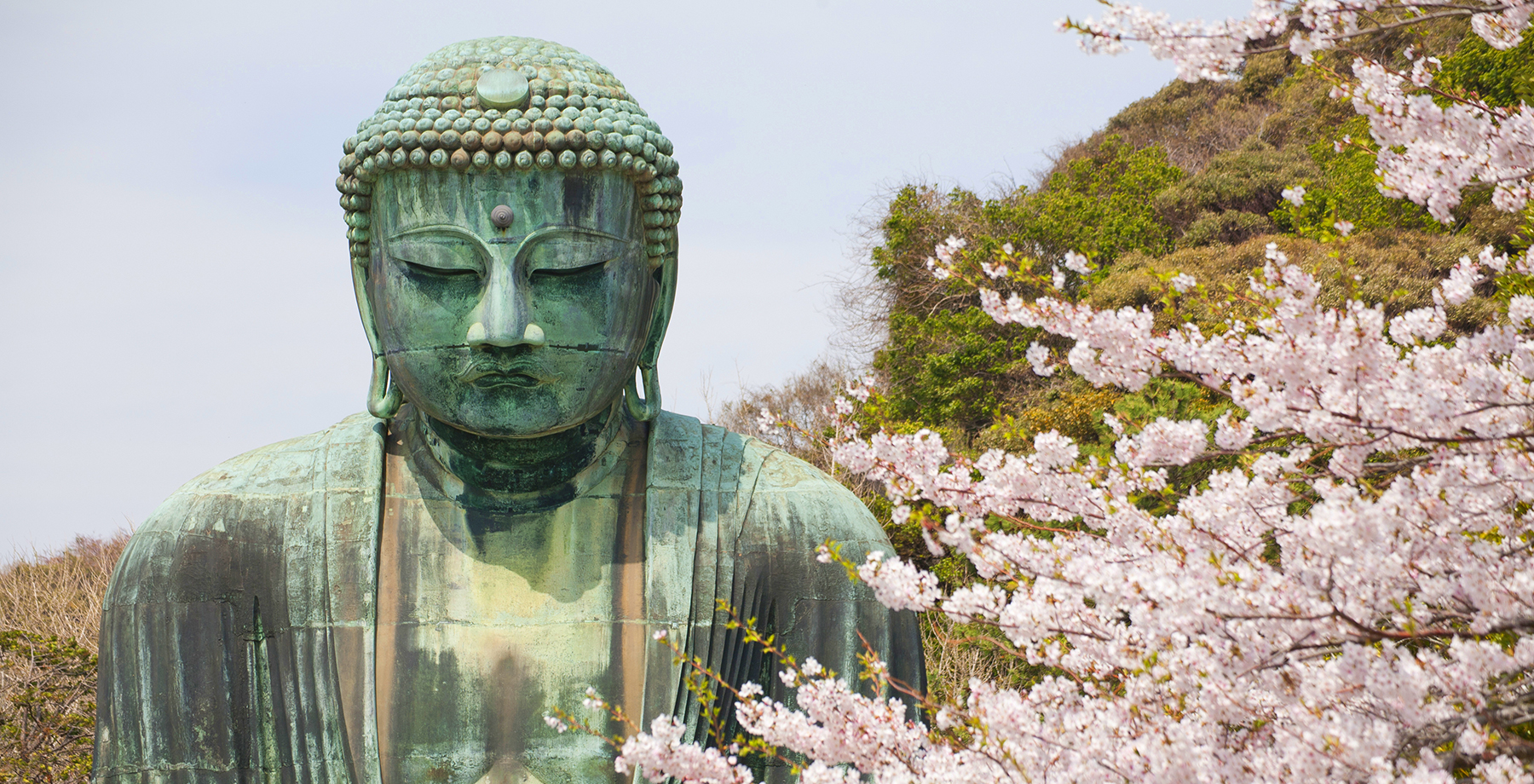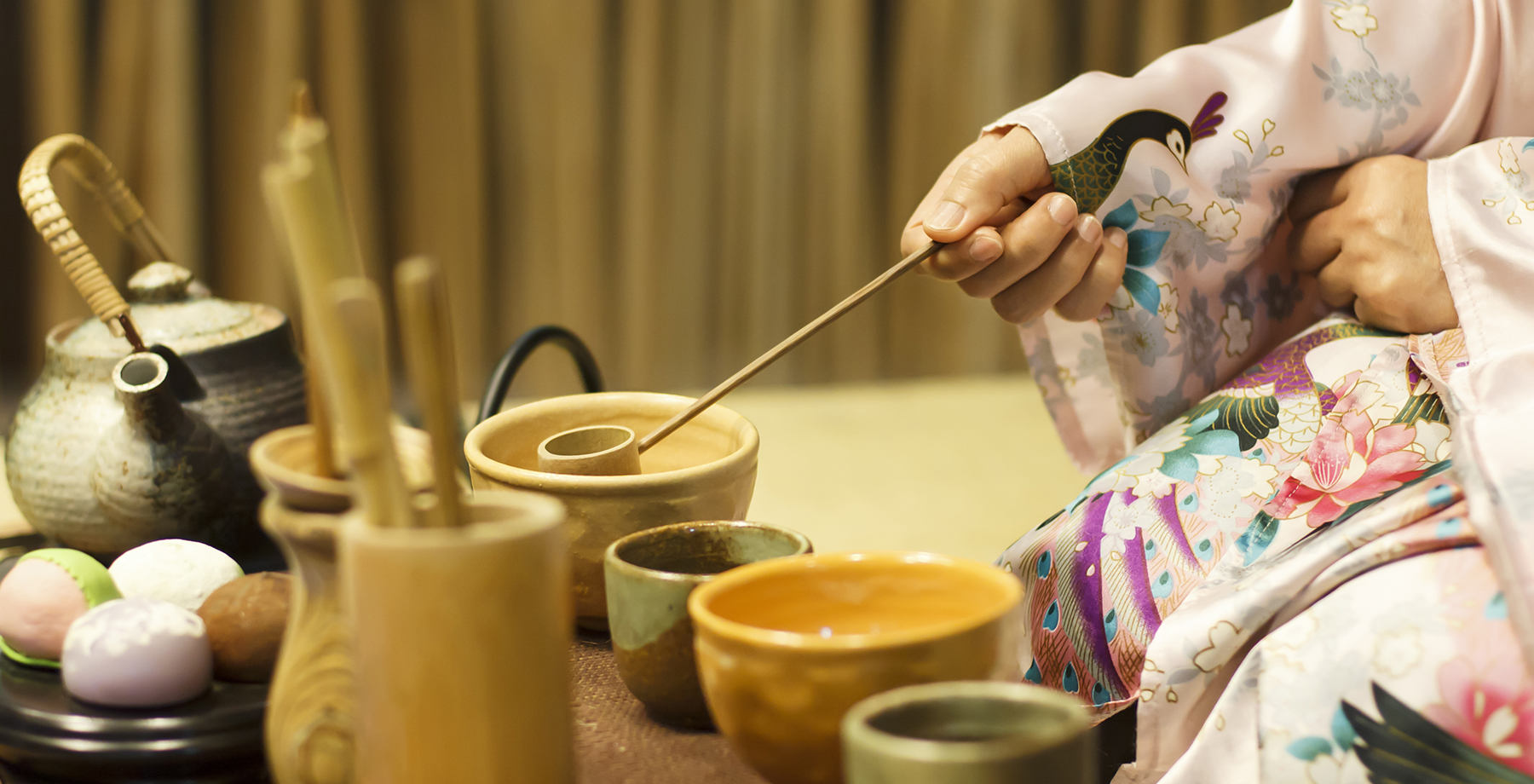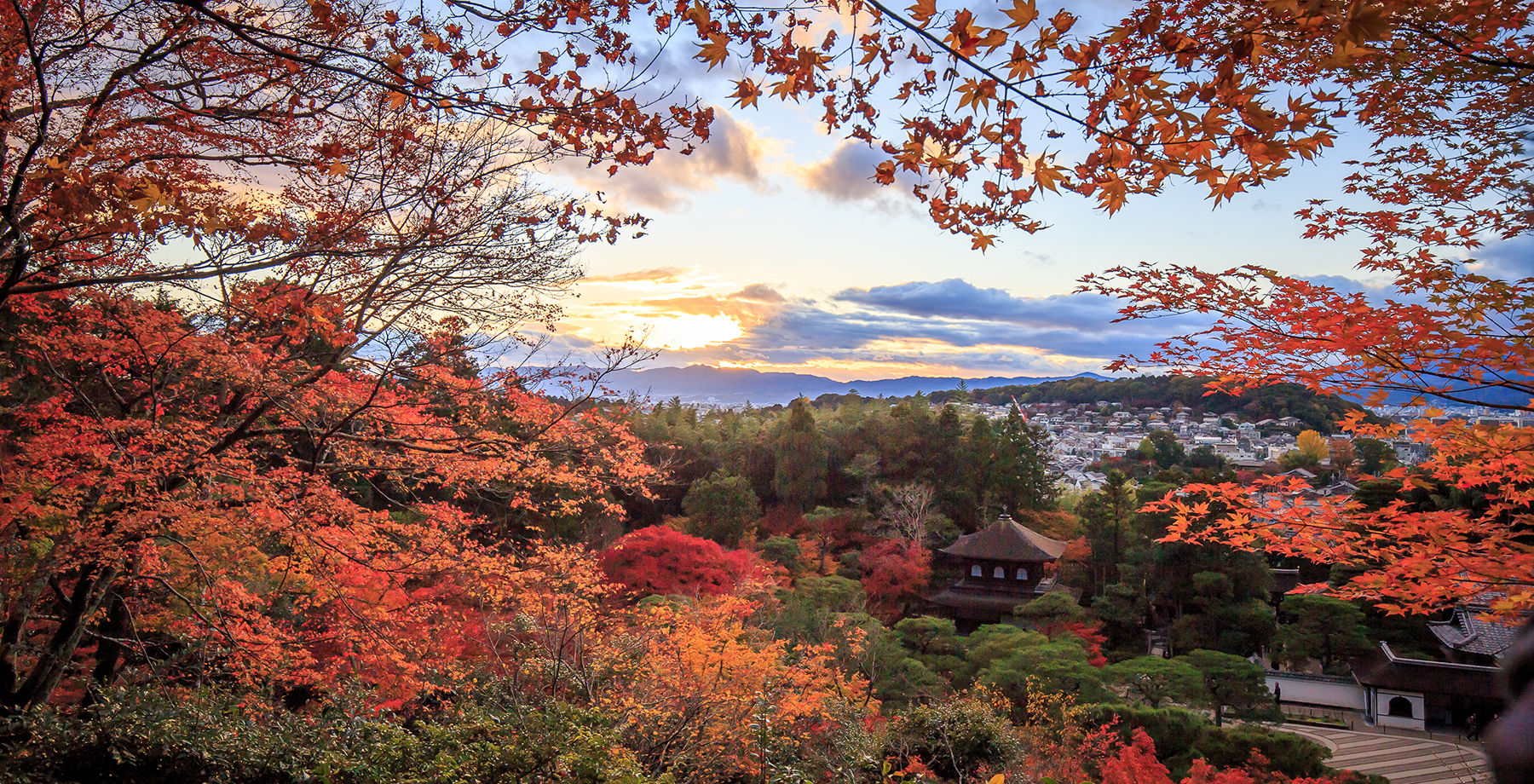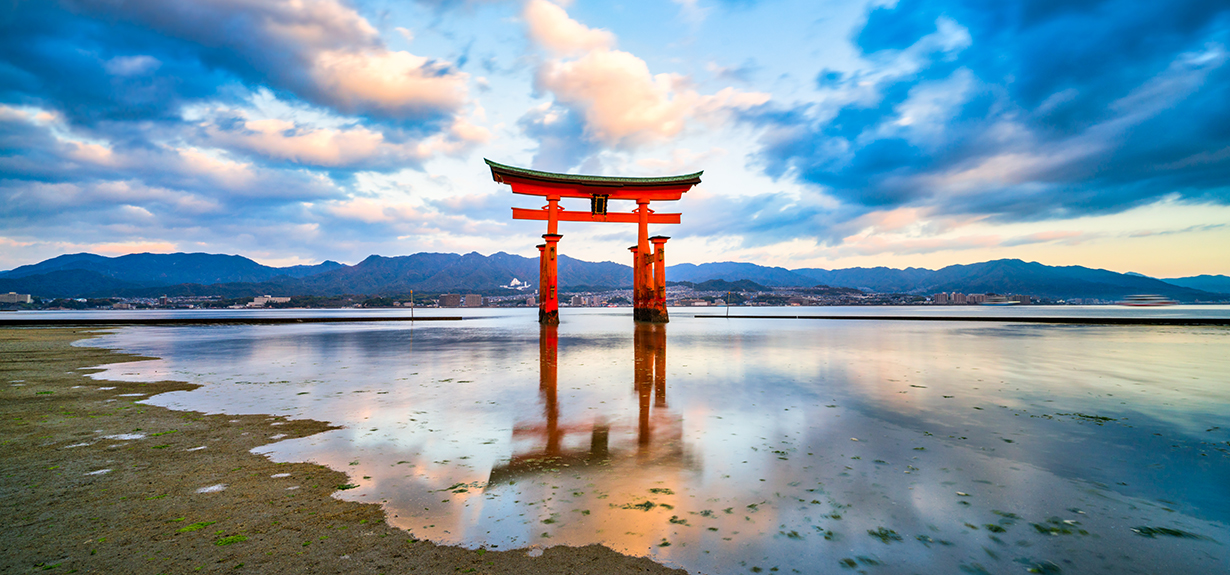In today’s contemporary world of travel, we hear from travelers that they yearn to visit Asia to get a genuine understanding of the cultural heritage and spiritual practices that have spread across the world. Even for the casual traveler, there is often an element of spiritual seeking when they come to Asia.
In this post, we’ll explore the spiritual practices of Japan and how to experience for yourself some of the rituals that have so greatly influenced wellness traditions in our contemporary, globalized world.

Japan
Compared to Western society, the Japanese view of religion is very different. Worship and spirituality are highly distinct. Daily rites and practices (often associated with well-being and worldly benefits) are of primary concern, while doctrines and beliefs are of secondary importance.
Two practices dominate Japan: Shintoism and Buddhism. Shinto, “the way of the gods,” is an indigenous religion unique to Japan. It revolves around the veneration of kami, which can be understood as divine spirits or deities residing in natural elements such as mountains, trees, and rivers. Shintoism strongly emphasizes maintaining harmony with nature and ancestors and is deeply ingrained in Japanese society and culture. Shinto and Buddhism are extensively practiced in Japan and impact various facets of Japanese culture, including rituals, traditions, and art.
Mahayana Buddhism, introduced to Japan from China, is another significant religion widely followed throughout the nation and profoundly influences Japanese spirituality. There are various schools of Buddhism in Japan, including Zen, Pure Land, Nichiren, and Shingon. Each sect has its own unique practices and beliefs.

Similarities and differences between Shinto and Buddhism:
- While Shinto focuses on nature worship and the veneration of ancestral spirits, Buddhism offers teachings on achieving enlightenment and the cycle of rebirth.
- Both Shinto and Buddhism emphasize the importance of rituals, purification, and paying respects to ancestors.
Buddhism is often practiced alongside Shinto, and it is not uncommon for Japanese people to identify as both Buddhists and Shintoists. An example is the annual summer Obon festival, where communities hold ancestor-worship ceremonies influenced by Buddhism while engaging in folk dances and bonfires with Shinto origins.
Approaching Japanese spiritual traditions with respect and an open mind is crucial to understanding and fully immersing oneself in them. Numerous religious sites offer visitors the chance to experience the spiritual ambiance, explore architectural wonders and historical significance, and experience the spiritual essence of Japanese religious traditions.
One can start by visiting notable sites like Senso-ji, the oldest temple in Tokyo, founded in 628 AD. Or, in Kyoto, spend some time in contemplation at Ryoan-ji Temple, in front of Japan’s most famous rock garden and one of the best instances of refined Japanese Zen garden design known as kare-sansui (Japanese for “dry landscape”).
Spiritual and cultural experiences, as well as new perspectives on local communities, customs, and beliefs, may come through travel outside of these typical destinations. Several times a year, important ceremonies still take place at the Itsukushima Shrine in Miyajima. This UNESCO World Heritage Site is also well-known for its recognizable “floating” torii gate, which at high tide seems to be standing in the sea in its picturesque setting on Miyajima Island. One can also partake in cultural experiences like attending a traditional tea ceremony, practicing Zen meditation at a temple, staying in a Buddhist temple (shukubo), or joining a Shinto purification ritual (misogi).
The multi-day Gion Festival in Kyoto blends Shinto and Buddhist elements in vibrant processions and ceremonies, combining religious observance with festivity. This neighborhood matsuri or festival is a fantastic chance for families with children to immerse themselves in traditional Kyoto religious and cultural insights, indulge in local street food, and socialize with locals who are in a festive mood.

Guidelines for Meaningful Engagement
As a traveler, approaching spiritual exploration with an open mind and a willingness to learn can allow one to connect with the spiritual essence of all three countries’ cultural heritage.
Here are a few pointers that can help you:
- Educating yourself: Learn a little about the importance of particular customs, festivals, or spiritual sites before you visit. This will improve your comprehension and enable you to interact more deeply with the spiritual components, enhancing your appreciation and respect for these practices.
- Learn basic etiquette: Bowing is a common gesture of respect when entering and leaving shrines or temples. Also, not pointing at anything, such as the Buddha statue, and keep your feet tucked underneath or behind you when seated facing an altar.
- Respect: When visiting shrines or temples, show respect by observing the rules and customs. Dress modestly and remove your shoes when required. Observe any instructions or recommendations given to you by your guide. Avoid touching or disturbing religious objects unless explicitly allowed.
- Silence: Maintain a quiet and contemplative atmosphere, particularly during meditation sessions or when others are praying. Never photograph worshippers, pose for a selfie in front of a Buddha statue, or walk past those who are praying. Keep in mind that worshipers revere these places as sacred.
- Photography and behavior: Maintain a quiet and respectful demeanor, like switching off your phone or camera. Be mindful of photography restrictions, as some areas may have them, and it is important to respect the sacredness of the space. If you experience the moment with your own eyes and heart rather than through a device, you may find the moment richer and more poignant.
- Participation: If you have specific questions or want to learn more, consult local guides or experienced practitioners who can provide deeper insights into the spiritual practices you encounter. Elevate Destinations can customize this for you. If you feel comfortable participating, follow locals’ or volunteers’ instructions during rites and ceremonies. You can better understand and appreciate these activities as a result.
I hope this 3-part series helped to demystify spiritual explorations in Asia when you visit, gain a deeper awareness of Asia’s rich spiritual and cultural heritage, and bring reverence to every minute of your everyday life.
Along with our local partners, Elevate Destinations provides customized tours and educational experiences for you and your family to explore the spiritual and cultural sites in each destination we offer.


